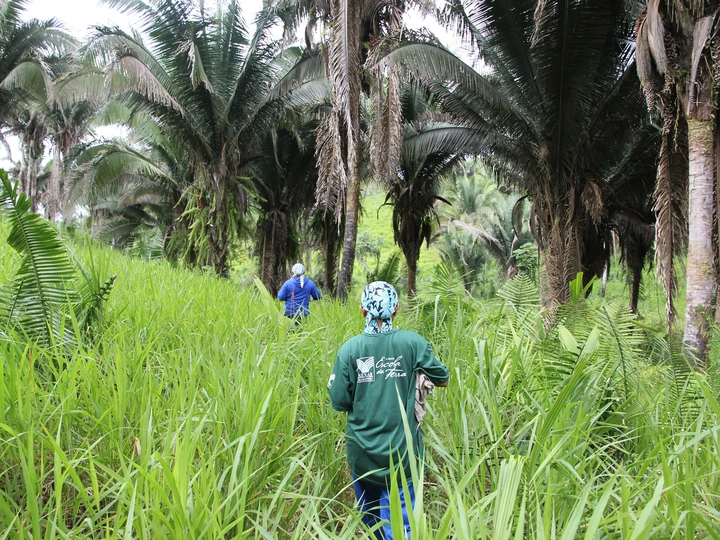Hyperlocal Architecture for Amazon’s Rural Areas

German Nieva Mesas
German Nieva is the founder of Tropisms, an emerging design studio with a hyperlocal approach to architecture and collaborating with specialists, artists and colleagues in projects that seek to positively impact communities and the environment. Tropisms was recently long-listed for the Davidson Prize 2023 and 2024 for: Re-Focus E15 project in collaboration with homeless women and lone-mothers; and, the Pylon Network, adapting and reusing decommission pylons for off the grid housing. German’s ongoing research on biomaterials for use in the Amazon, initially developed within the Bio-Integrated Design lab at the UCL, has been published in the New London Architecture's Circular London Report and in Springer Nature's book "Design for Rethinking Resources. Proceedings from the UIA World Congress of Architects Copenhagen 2023”. German lived in Brazil where he did postgraduate studies in Geography, Architecture and Urbanism at the Escola da Cidade in São Paulo; participated in the XII Sao Paulo International Architecture Biennale with the installation “How much does it cost to protect the Amazon rainforest’; published a research article looking at alternative methods for building in rural settings; and built two income-generating projects for local communities funded by NGOs.The beach kiosk and boat refuge project won a Honourable Mention in Sustainability at the 2020 Tomie Ohtake Architecture Awards.
Yasmin Lennon-Chong is a designer working across 3D, product and digital fabrication with an interest towards site-specific production, material innovation and the technological interpretation of objects and infrastructure. Currently working at the Architectural Association’s Digital Prototyping Lab alongside their own design practice and research SITU, their work emphasises creative agency and spatial discourse through the production of objects. Yasmin recently participated in Atelier100 - a design programme focused towards the local production of limited edition products.
The research concentrates on how to develop architectural strategies to build in rural locations in Brazil. With an initial focus in the Cerrado biosphere and the babassu palm tree, the study aims to identify regional and local opportunities to develop in-situ construction systems and materials. The key objective is to create a resilient approach to building in remote locations, considering future landscapes resulting from climate change along with the growing economic challenges to access construction materials, consolidating local and regional networks of collaboration within the region. Local techniques and skills are central to the research, whilst also identifying new methods and making use of the latest and increasingly more accessible technologies where appropriate.
Positive approaches to tackling the ecological crisis tend to look at rethinking our relationship to the landscapes we inhabit, opposed to the deep-rooted separation of humans and nature of industrialised economies. This approach advocates to geographically bring areas of extraction and fabrication closer to the economies they serve, minimising supply chains and establishing a closer relationship between communities, economy and ecology. Localising and joining up the parts of the construction process imparts the potential to reduce carbon emissions with the use of locally sourced and manufactured sustainable materials. Working in the Amazon presents several complexities: access to rural communities can be problematic, the transport of materials and skilled builders is costly and often unviable. Within this context, hyper-local architecture is seen as a valid solution. Our initial research has identified the potential to develop a babassu-fibre reinforced natural rubber biocomposite. Rubber and babassu natural occurrences overlap within the tropical rainforest and the Cerrado, hence the potential to be replicable in several regions across Brazil. Other material opportunities are being explored.